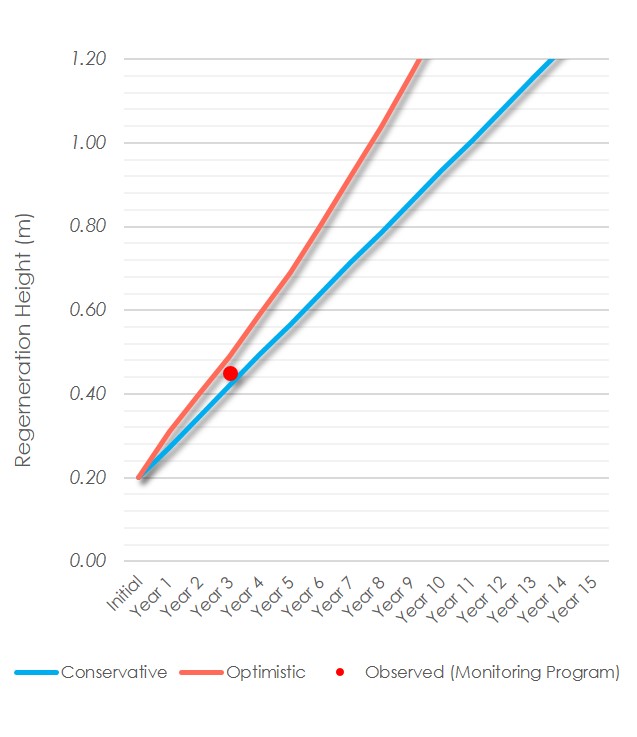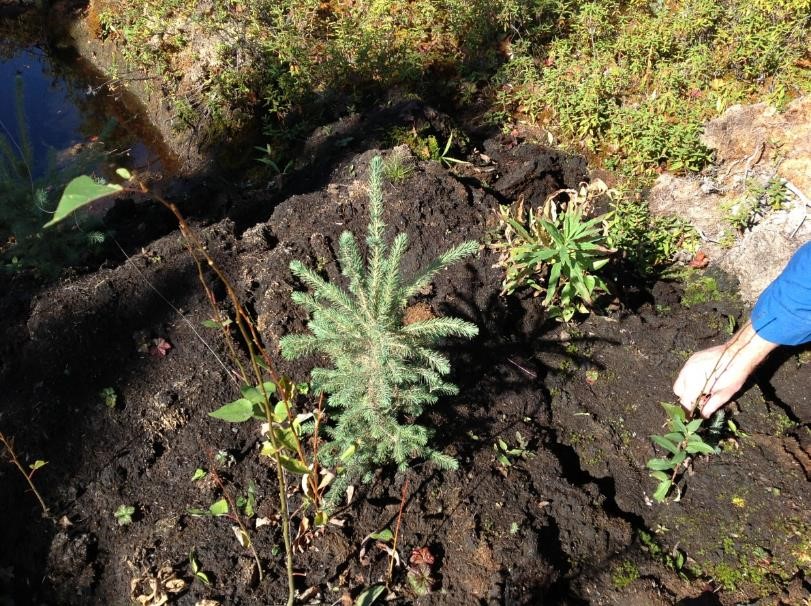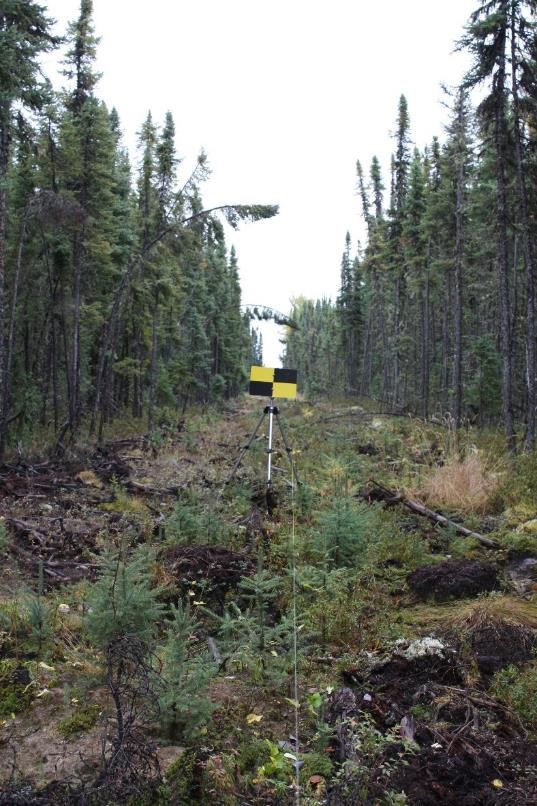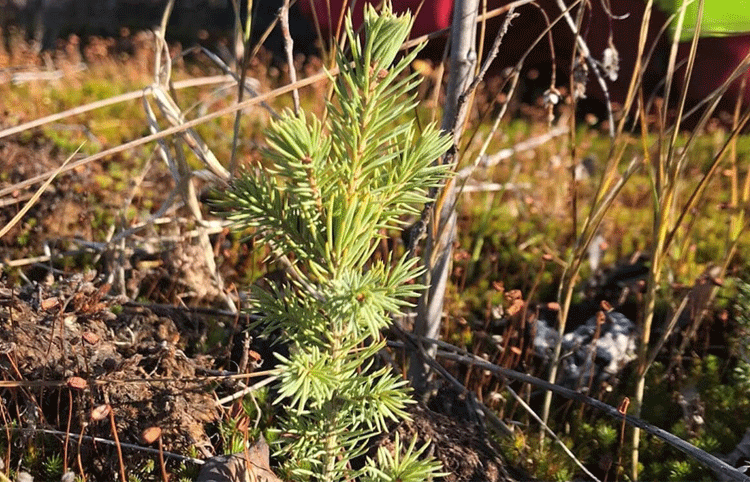While conventional linear restoration programs have concentrated on reducing the amount of fragmentation in caribou habitat, there is now a focus on the additional benefits that occur on the land base in the form of ecosystem services (ES).
Silvacom has been working with both the EcoServices Network and industry partners to predict the change that linear restoration programs can have on caribou habitat, as well as additional ES, including the provision of wild foods (e.g. moose), timber supply, carbon sequestration, water purification and overall biodiversity intactness. Monitoring these changes on the land base over time is essential to ensure restoration objectives are being met into the future.
Why is Monitoring Essential?
Areas selected for linear restoration are picked based on their ability to improve a number of ecological objectives (e.g. improving caribou habitat, improving old growth forest intactness, etc.). It is important to ensure the restoration program is meeting the ecological goals set out in the planning process. Monitoring ensures these objectives are continually being met, and if expectations are falling short, monitoring will help identify the issues to help mitigate or avoid future loss.

Figure 1 Calibrating Model Results with Observed Data
Monitoring also helps communicate results through scheduled reporting. Silvacom has extensive experience in translating complicated results into meaningful communication material, including: reports, presentations, and posters that can be easily understood by our clients and the general public. Our work with the ESBN has also allowed us to leverage our expertise in ES to identify what stakeholders care about and how to report monitoring results in a straightforward, transparent way.
What a Successful Monitoring Program Looks Like
Some monitoring programs can be completed with passive methods like site visits and fly-overs. These provides basic information about the visual success and performance of the project. A more effective approach is to develop a monitoring program with scientific rigour that is repeatable and transparent.
With over five years of experience in linear restoration monitoring, Silvacom has established a scientific monitoring program that includes wildlife monitoring protocols and fixed vegetation plots that are re-measured year after year. Data collected depends on the purpose of the program, but can include: site-level vegetation surveys to measure tree growth and natural seeding at planted sites, and line level coarse woody debris collection to estimate the increase in microsites following restoration. Typically photos are taken to visually capture the line’s condition and vegetation and coarse woody debris surveys are taken to quantify its condition. Using these results, we are able to analyze growth rates and refine model estimates, compare techniques across ecosite types, and summarize landscape outcomes based on predefined indicators set out in the planning phase. We’ve also made significant headway with industry partners in combining these results with remote sensing programs in an effort to use advancements in LiDAR and similar technologies to estimate the amount of regeneration on treated lines.
Working with industry partners, Silvacom has established over 70 monitoring plots, and in collaboration with Alberta Innovates, established 27 km of wildlife research lines. Our monitoring programs have shown that linear restoration has been successful in Northern Alberta, with 75-95% seedling survival rates. Site preparation has created a flush of other natural vegetation, and coarse woody debris placement has established additional microsites for increased biodiversity.
For more information on how we implement a linear restoration program from design to monitoring, download our linear restoration information sheet.









